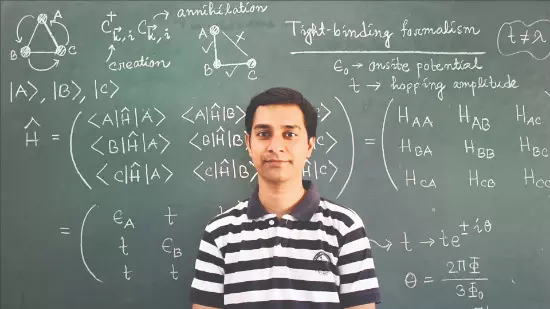Nagaland University study opens doors for National Quantum Mission

A researcher from Nagaland University, the only Central University in the State, has made significant strides in the field of quantum technology by replicating the complex patterns of fractals found in nature, such as snowflakes, tree branches, and neuron networks, in the quantum world. The breakthrough study was undertaken by Dr. Biplab Pal, Assistant Professor, Department of Physics, School of Sciences, Nagaland University.
Elaborating on this research, Dr said, “Fractals are naturally occurring patterns that repeat themselves at different scales, seen in structures like coastlines, leaves, and blood vessels. In this research, I have used quantum mechanics to simulate how electrons behave under a magnetic field within such fractal systems. This approach is unique because most research in quantum devices relies on crystalline materials. This work shows that non-crystalline, amorphous materials can also be effectively used to design nanoelectronic quantum devices.”
The findings will help researchers explore how amorphous non-crystalline materials can be engineered for quantum technologies, thereby expanding the material base for India’s and the world’s quantum innovation efforts.
The study will provide opportunities in:
Quantum Devices: Designing molecular fractal-based nanoelectronic devices
Quantum Algorithms & Information Processing: Better control over electron states for future computing applications
Aharonov-Bohm Caging Effect: Trapping electrons in fractal geometries, a phenomenon that could be harnessed in quantum memory and logic devices



